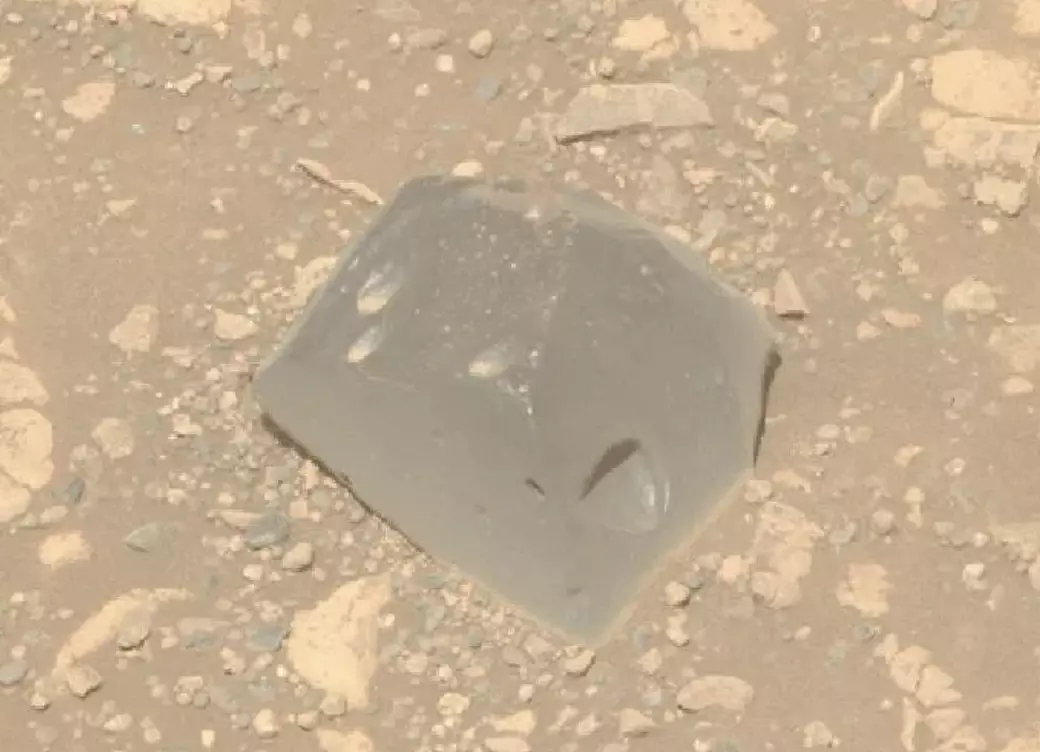NASA spots mysterious skull-shaped rock on Mars — Space debris?
NASA spots mysterious skull-shaped rock on Mars — Its origins still a mystery

NASA's Perseverance rover has captured images of a strange, skull-shaped rock on the Martian surface, leaving scientists puzzled about where it came from. The rock, nicknamed "Skull Hill," was discovered on April 11, perched on the rim of Jezero Crater.
Using its advanced Mastcam-Z camera system, Perseverance revealed that while the surrounding area is mostly light-colored and dusty, Skull Hill stands out with its dark, angular shape and tiny pits covering its surface. This sharp contrast against the lighter terrain makes the rock a particularly eye-catching feature.
Though its exact origins remain unknown, NASA scientists have suggested several possibilities. The pits might have been created through erosion by wind or particles, or the rock may have been deposited by a past impact event. There's also a chance that Skull Hill is an igneous rock, either eroded from nearby outcrops or thrown from a distant impact.
Interestingly, the color of Skull Hill reminded scientists of meteorites previously found in Gale Crater by NASA's Curiosity rover. NASA teams are now working to gather more data about how such rocks were transported and formed on Mars.
Other Recent Mars Discoveries
This unusual find follows a series of fascinating discoveries on Mars. Earlier this year, NASA’s Mars Reconnaissance Orbiter photographed frozen sand dunes in the planet’s northern region. Unlike the ever-changing dunes on Earth, these appeared strangely still and fixed in place.
In October last year, a study suggested that microbial life might survive beneath Mars’ icy surface. Researchers proposed that sunlight could penetrate shallow, frozen pools, allowing photosynthesis — a key process for life — to occur. Recent findings indicate these potentially life-supporting environments might have existed as recently as 3.9 billion years ago, extending the planet's habitable history further than previously thought.
As NASA continues its exploration, Skull Hill adds yet another intriguing chapter to Mars' geological and potentially biological story.

